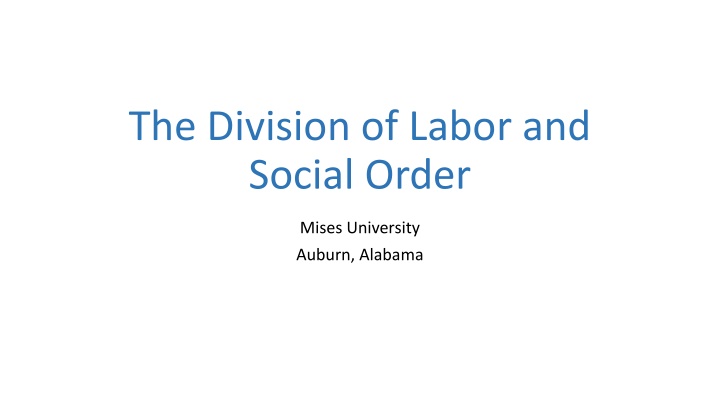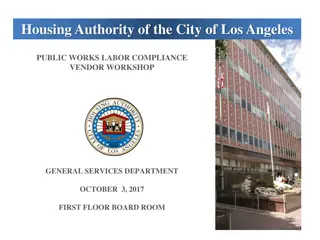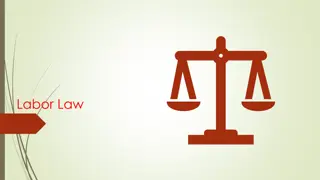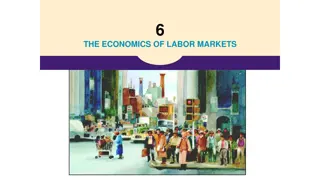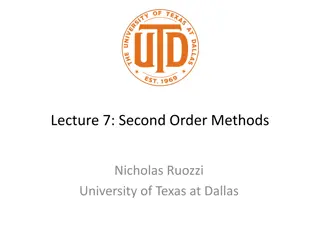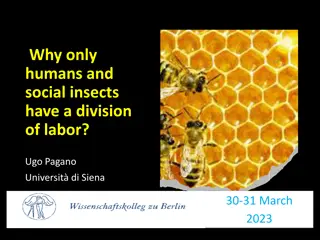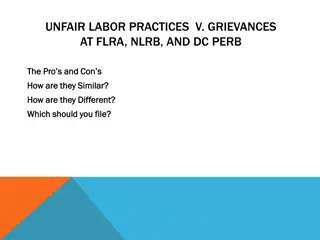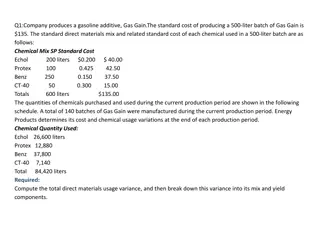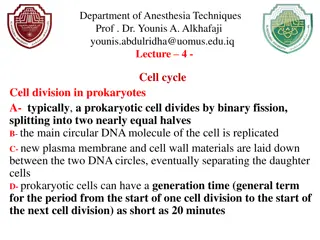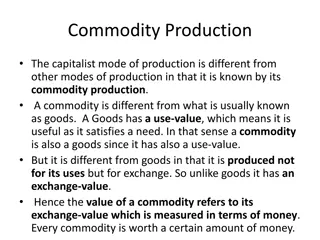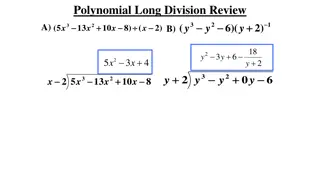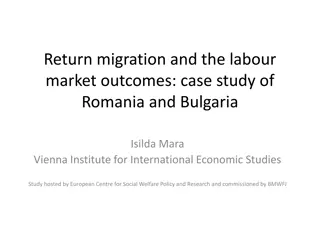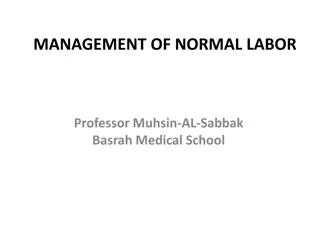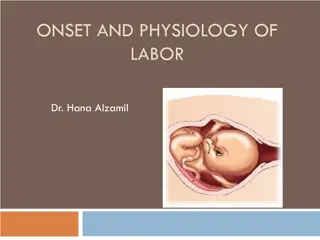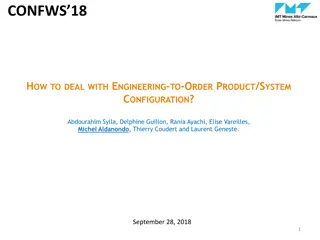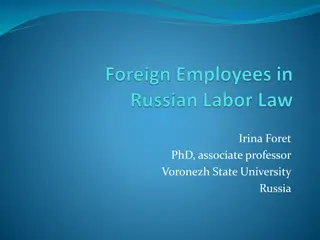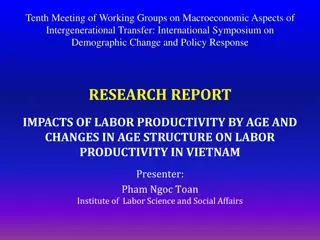Social Order and Division of Labor
The Division of Labor and Social Order explores the fundamental societal structure that brings about efficiency, unity, and harmony through specialization in production. Various perspectives, including contrasting views on conflict within capitalism, are highlighted alongside examples of production possibilities and opportunity costs.
Download Presentation

Please find below an Image/Link to download the presentation.
The content on the website is provided AS IS for your information and personal use only. It may not be sold, licensed, or shared on other websites without obtaining consent from the author.If you encounter any issues during the download, it is possible that the publisher has removed the file from their server.
You are allowed to download the files provided on this website for personal or commercial use, subject to the condition that they are used lawfully. All files are the property of their respective owners.
The content on the website is provided AS IS for your information and personal use only. It may not be sold, licensed, or shared on other websites without obtaining consent from the author.
E N D
Presentation Transcript
The Division of Labor and Social Order Mises University Auburn, Alabama
Relevant Literature Plato, The Republic Adam Smith, The Wealth of Nations David Ricardo, The Principles of Taxation Ludwig von Mises, Human Action Murray Rothbard, Freedom, Inequality, Primitivism, and the Division of Labor
Contrasting Views Rather than seeing conflict as an anomaly, it is concluded that conflict is an essential and inherent component of the social relations found in capitalism. Herb Thompsom, Conflict and the Social Relations of Capitalism The greater productivity of work under the division of labor is a unifying influence. It leads men to regard each other as comrades in a joint struggle for welfare, rather than as competitors in a struggle for existence. It makes friends out of enemies, peace out of war, society out of individuals. Ludwig von Mises, Socialism
Modes of Production Direct Use Production: Self-sufficiency. Direct correspondence between what people want and what they produce. Production for Exchange Oriented to what can be sold in a market Market division of labor
The Division of Labor Specialization of Production According to Efficiency Each person produces particular good in excess of personal consumption. His consumptive ends are met by others. Mises: Fundamental Social Phenomenon Been with us since the beginning of human history Great impetus for the formation of society
The Division of Labor Production Possibilities Opportunity Cost Proficiency Efficiency Mangoes Beef Mangoes Beef Groucho: 300 or 600 2 B M Both Goods Mangoes Harpo: 100 or 400 4 B M None Beef Who has absolute advantage in what? Groucho is more proficient in producing both goods. Who has the comparative advantage in producing mangoes? How much does it cost Groucho to produce 1 mango? 2 lb. of beef How much does it cost Harpo to produce 1 mango? 4 lb. of beef Who has a lower opportunity cost producing mangoes? Groucho
The Division of Labor Production Possibilities Opportunity Cost Proficiency Efficiency Mangoes Beef Mangoes Beef Groucho: 300 or 600 2 B M Both Goods Mangoes Harpo: 100 or 400 4 B M None Beef Who has the comparative advantage in producing beef? How much does it cost Groucho to produce 1 lb. of beef? mango How much does it cost Harpo to produce 1 lb. of beef? mango Who has a lower opportunity cost producing beef? Harpo
The Division of Labor Production for Direct Use Harpo 50 200 Groucho 150 300 Total 200 500 Mangoes Beef (lbs.) Production According to Efficiency Groucho Harpo 225 150 400 Total 225 550 Gain 25 50 Mangoes Beef (lbs.) 0
Differences in Efficiency What accounts for the differences in relative costs of production for different people? Differences in suitability of natural resources. Differences in given capital. Differences in skill or desirability of labor.
The Division of Labor The Law of Association Each factor of production is efficient in some line of production Applies not only to nations, but to each person Applies not only to labor, but also to land and capital goods. Implication: Employment can expand indefinitely
Social Effects of Division of Labor Initial differences become even more pronounced. Alters the economic geography. Increases the inequality in labor skills over time. Population Growth Harmonizes Social Interests
Social Effects of Division of Labor Integrates world into an economic order. International Social Cooperation need not be political. Global division of labor is not artificial. Natural result of human action.
Limits to the Division of Labor Extent of the Market Only beneficial to specialize if product can be traded. To extend division of labor, bring others into market. Seeds of Theory of Economic Progress
Limits to the Division of Labor Saving and Investment in Capital Accumulation Accumulation of specific tools and machinery allows for more specialized production. Reduction in Saving and Investment constrains division of labor
Limits to the Division of Labor Must be able to exchange what we produce. Government intervention impedes division of labor. Exchange requires private property. Hence, in order to take advantage of the division of labor, society must have private property.
Economic Calculation Coordination of economic order requires economic calculation. Requires market monetary prices. Economic Calculation requires medium of exchange. Requires prices be determined by process of voluntary exchange. Requires private property Requires sound money
